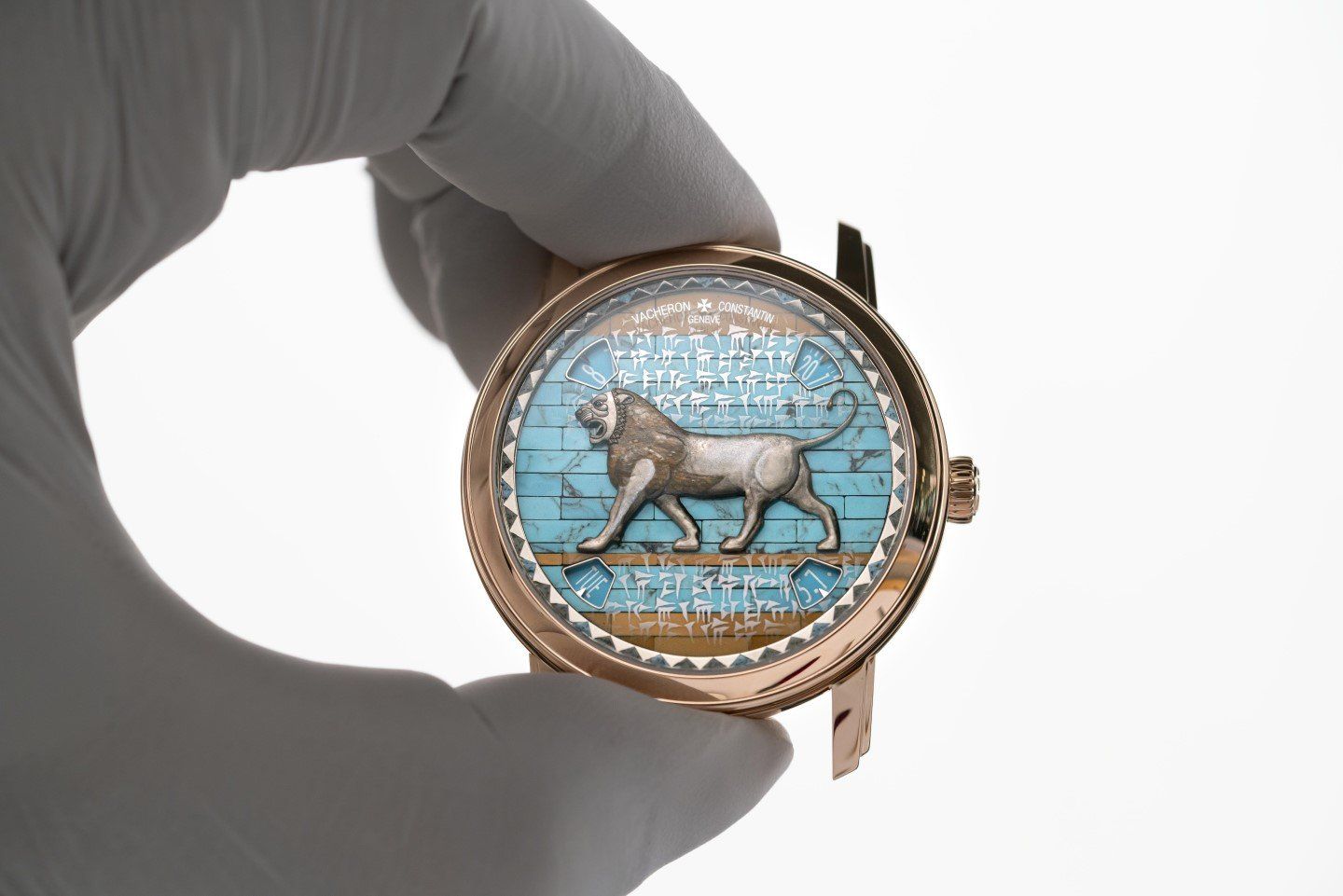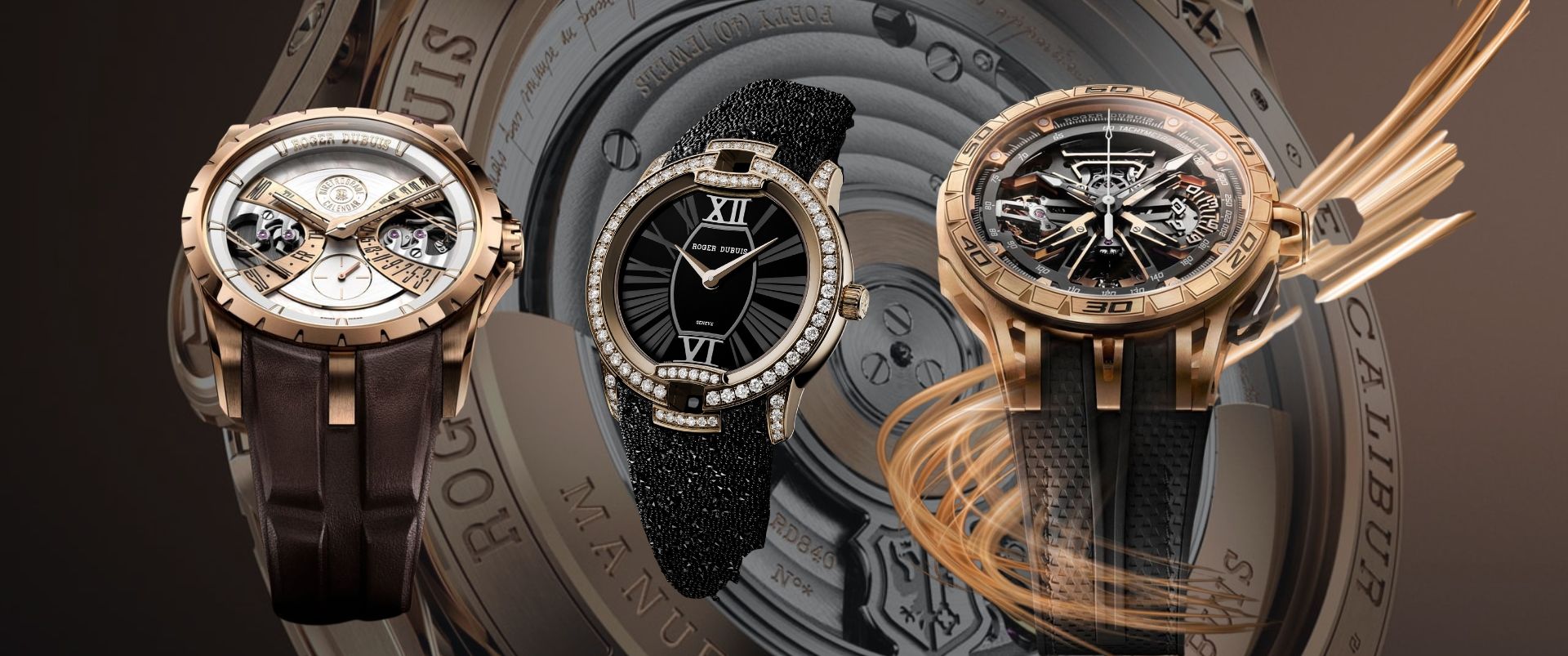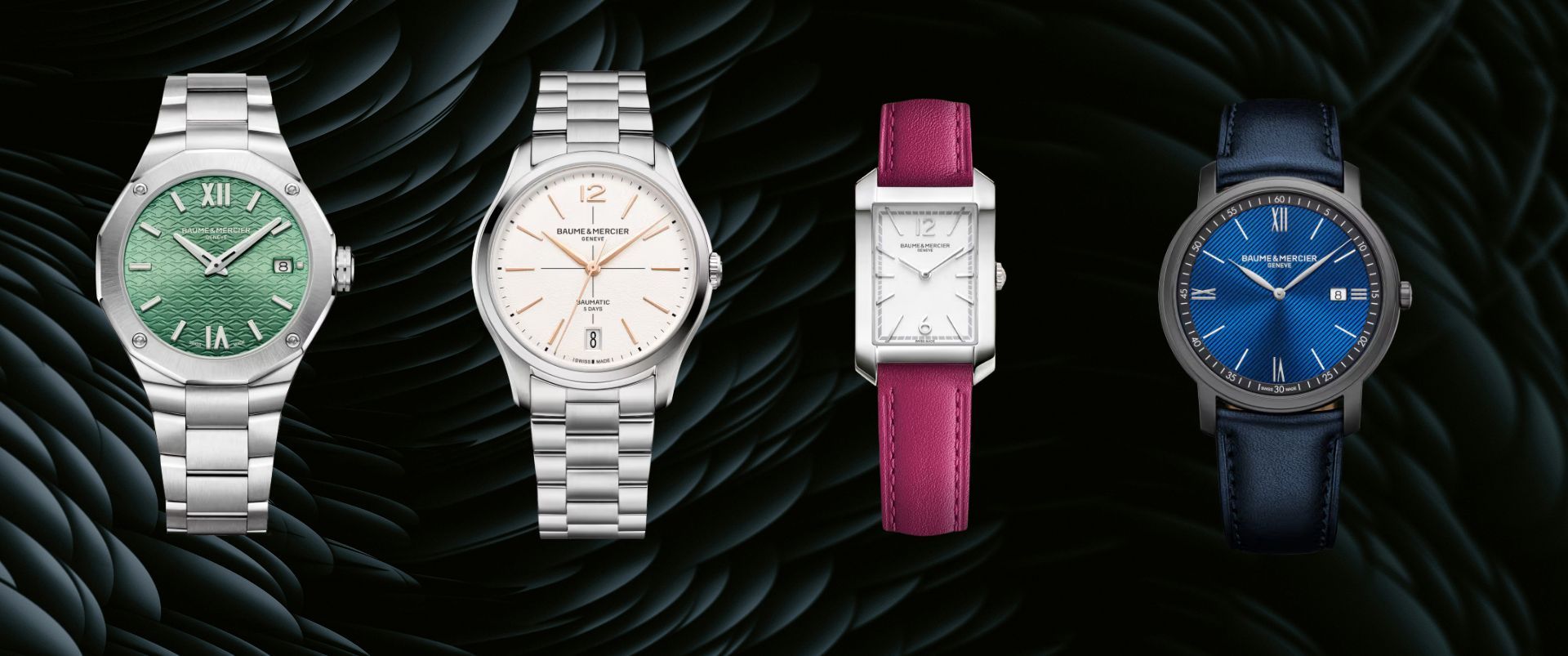Vacheron Constantin X The Louvre: A Celebration Of Art, Time and Shared Values
In 2019, Vacheron announced its partnership with the Louvre, the iconic museum that houses some of the most renowned paintings. With history at its helm, the pair, this year, announced four new timepieces as part of the watchmaker’s Métiers d’Art (MDA) collection. Each watch cultivates a renewed appreciation for an era in the 18th century; it leads us back to moments in time that changed the course of the future. These timepieces bear stories and bring them to life on a dial measuring about 40-mm in diameter.
The series is a tribute to great civilizations of Antiquity, and it fits seamlessly into Vacheron’s vision and forte which also emphasises on culture and conservation. Here’s a deeper dive into the new collection:
A shared passion for time and art
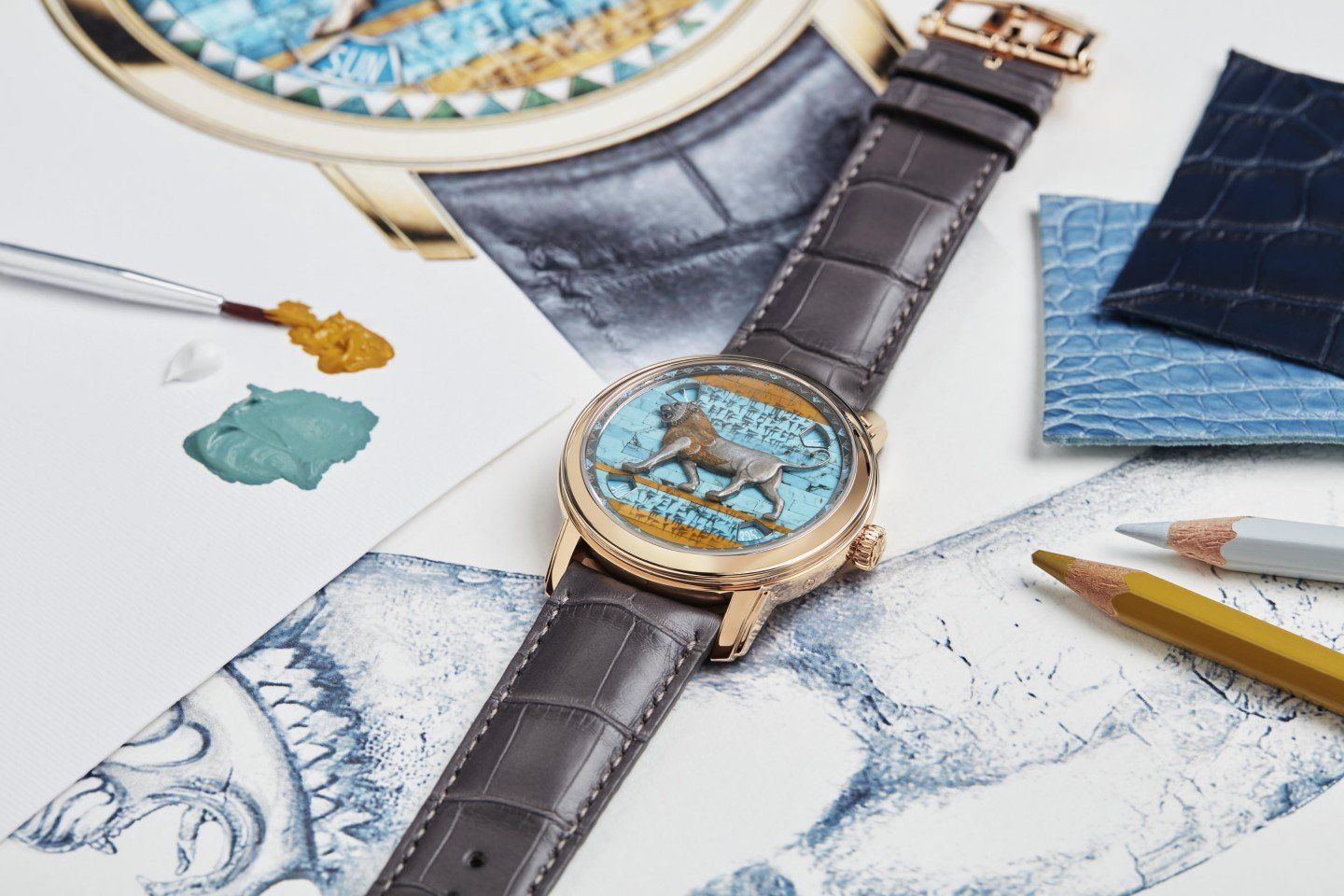
While Vacheron was founded in 1755, the Louvre came to be in 1793. With only a few years separating them, it’s no surprise that both these institutions share similar values and are dedicated to preserving history. The new Vacheron-Louvre collection is a result of the shared passion for time and art between the two renowned establishments. For Vacheron, it’s about perpetuating its founding values and principles; for the Louvre, it’s about sharing the stories behind the paintings with as many people as possible. This collection succeeds in accomplishing both.
The masterpieces defining the collection
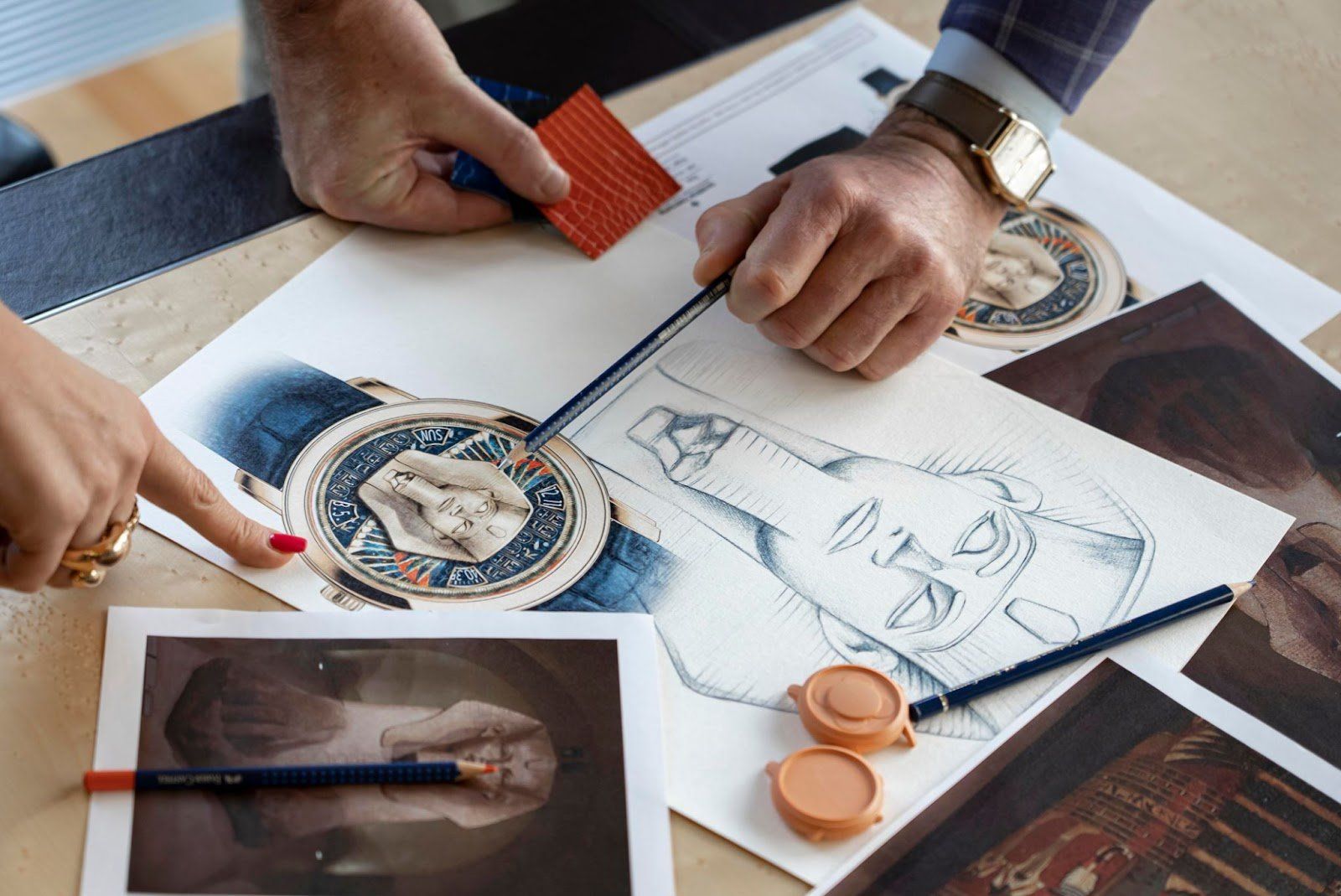
Four paintings have inspired the four watches in the Vacheron-Louvre collection. For one, there’s the “Lion de Darius”, from the Persian Empire of Darius the Great. Secondly, there’s the “Victoire de Samothrace” watch derived from the Hellenistic period of Ancient Greece. The third is the “Buste d’Auguste” timepiece depicting Octavian Augustus’s rise to power and his becoming the first citizen and emperor of Rome. And finally, there’s the “Grand Sphinx de Tanis”, inspired by Egyptian pharaohs who had the body of a lion and a human head donning a royal headdress; it brings to life the golden age of Ancient Egypt. These masterpieces from different eras are evocative of a period of great change.
Darius the Great, Octavian Augustus and other leaders at the time were unifiers; they brought people and cultures together. There was a newfound appreciation for beauty and art during this time. It is something that both the Louvre and Vacheron Constantin acknowledge and appreciate.
Meticulous technique and craftsmanship do this collection justice
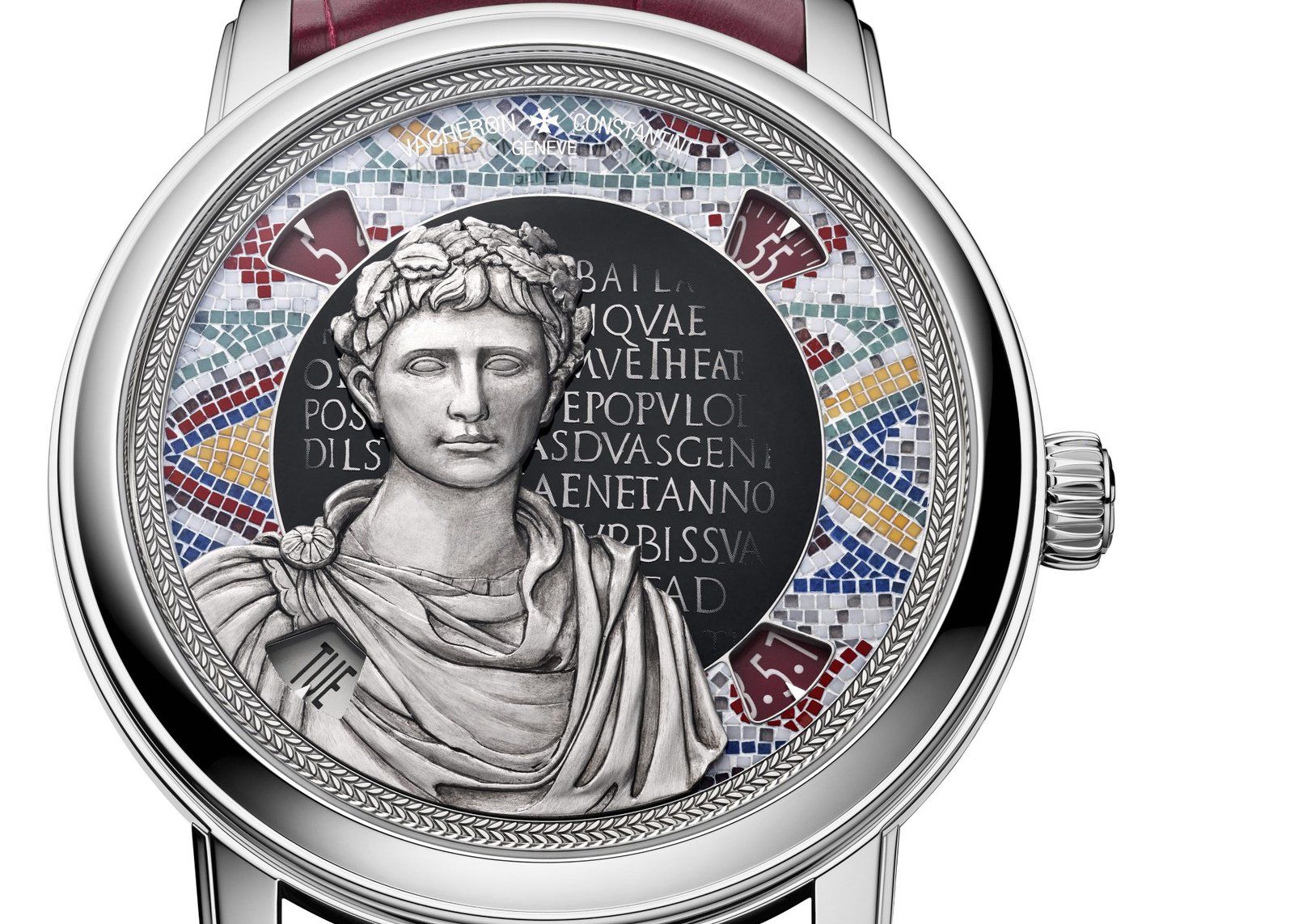
The four masterpieces on the timepieces are sculpted gold appliques placed carefully on a sapphire crystal sub-dial. A watch may not seem like a large enough canvas to help artists curate paintings, much less fully realise them. But Vacheron is well-versed in the tenets of wearable art. The face of the dial, surrounded by a frieze, is dedicated wholly to the artwork. In fact, not only does it bear the artwork, but it also bears the written and decorative cultural elements pertaining to the period of time. This includes cuneiform writing, ancient Greek, hieroglyphs and Latin writings as well as components, such as coffins, brick walls and more.
To achieve this, the watchmaker has largely employed four techniques:
- Enamelling by way of champlevé enamelling, such as on the “Grand Sphinx de Tanis”, that involves creating cavities and applying enamel, and grisaille enamelling, that you find on the periphery of the “Victoire de Samothrace”, that is about applying white enamel touches to the underlying dark enamel.
- Stone marquery, where fragments of coloured stones are placed together to create patterns. This technique adds a sense of relief and depth to the art, as can be witnessed on the “Lion de Darius” timepiece.
- Stone micro-mosaic where, like on the periphery of the “Buste d’Auguste”, uses extremely tiny stones, with squares measuring only 0.55 mm each, to create designs.
- Finally, engraving or ramolayage, where decorations are crafted out of metal.

Yes, these timepieces are a visual treat. But underneath it all, they involve a range of components, great attention to detail and a movement that makes everything possible. The watch is powered by a mechanical self-winding Calibre Manufacture 2460 G4/2. It features four discs that display the hours, minutes, days and dates whose apertures are symmetrically-positioned on the dial for easy readability. There are no hands on the watch, thus giving the artwork more room to shine.
On the back of the movement, you will find an oscillating weight featuring a hand-sculpted reimagination of the Louvre’s east facade and its colonnade based on the work of Louis Le Vau and Claude Perrault from the 18th century.
The Buste d’Auguste and Victoire de Samothrace watches are encased in 18-karat white gold, whereas the Lion de Darius and Grand Sphinx de Tanis timepieces are in pink gold. This collection is a limited series of only 20 watches, with only five watches available for each artwork. For such a series, it is just as important to respect creativity as it is to celebrate its rarity.
Every year, thousands of people line up to catch a glimpse of the paintings in the Louvre. The institution is emblematic of art’s purpose, to both intrigue and charm its audience. Now imagine that you get to carry not just a piece of history, but a piece of the Louvre on your wrist—a piece you get to call all yours. That’s what Vacheron Constantin invites you to reflect on.
No articles found

